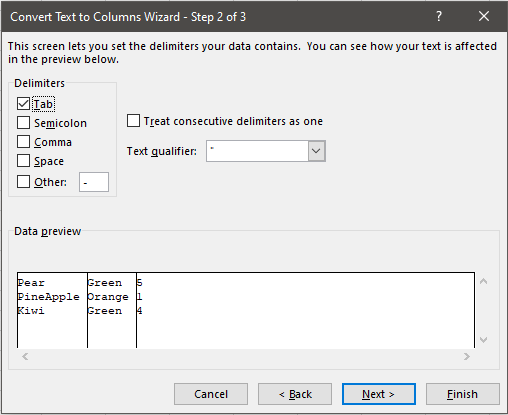

Here we discuss how to extract data from PDF to Excel using three methods, which include 1) Copy and Paste Option, 2) Microsoft Word, and 3) Adobe Reader, along with some examples. This article is a guide to Extract Data from PDF to Excel. A user account with is necessary to extract data using the Adobe Reader software.However, it requires clean-up activities to arrange the data properly. The data copy-pasted directly from the PDF to Excel may unwind into only one column or cell.Extracting the data from PDF to Excel is possible only when we can copy the data into a table in a PDF file.Step 6: Apply cleaning to arrange the data properly into the rows and columns to change the table’s design.Step 5: The exported data into Excel is displayed in the figure.Step 4: Then, click on the “Export to Excel” option.Step 3: Select the “Convert To” drop-down menu and choose the “Microsoft Excel Document (*.xlsx) format.The following steps are followed to extract the data using Microsoft word. #2 Extract PDF Data to Excel Using Microsoft Word Clean up the data to ensure that the “blue LED value” is in one cell, “green LED value” in one cell, and “red LED value” in one cell.Click on “Finish” to close the wizard, and then the text is converted to columns, as shown in the figure. you can put your mouse at the beginning of the text, hold your mouse and move mouse to the end of the text you want to copy and release it.After clicking “Next,” it will open the following wizard.Click on Data menu from the top in the Excel screen and select 'Text to Columns. In Excel, press Ctrl + V to paste the data.

Launch the Spreadsheet Builder wizard by selecting Spreadsheet Builder from the Bloomberg Menu or by clicking on the Spreadsheet Builder icon on Excel toolbar.

All we need to do is to activate or deactivate the check boxes at the left of the commands that we need, and which will be displayed in Excel. Under this category we can Change Options Related To Data Import And Data Analysis, as shown below.Īt the bottom part of the Data area we notice the area mentioning Show Legacy Data Import Wizards. Once we select the Option command, the Excel Options dialog box appears, where from the left once more, we select the category Data. Once in Backstage View, from the left of the drop down menu we select the category Options as shown in the image below. We must select the File tab in order to move to Backstage View.

Below you can find out How To Turn On The Legacy Wizards In Microsoft Excel 365. The Legacy Wizards do not appear in the Get & Transform area now, they are just hidden waiting for us to turn them on. However though, sometimes we just want to use one of the old wizards to import our data such as the Legacy Wizards. The Get & Transform area of the Data tab on the ribbon is superior in terms of Data Connectors and Transformational capabilities. Now in Excel 365, we have the Get & Transform area available, which has been described in an older post of mine.


 0 kommentar(er)
0 kommentar(er)
